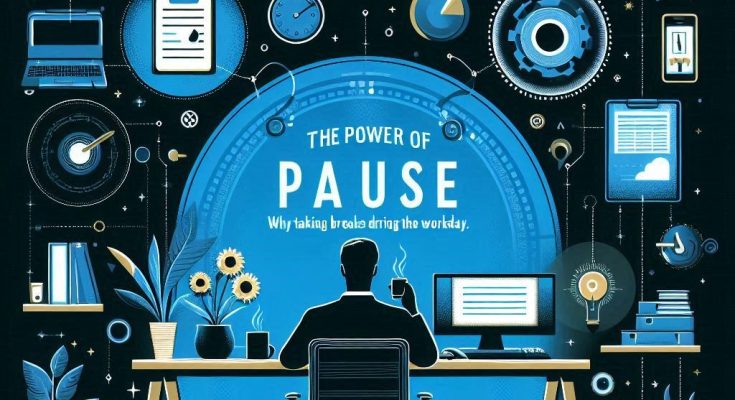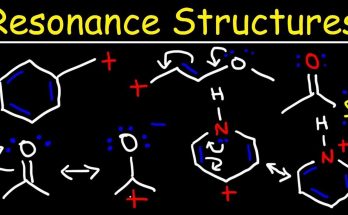In the relentless pace of modern business, the idea of taking a break can feel counterintuitive. Deadlines loom, inboxes overflow, and the pressure to perform never quite lets up. Yet amid all this urgency, there’s a quiet truth that often goes overlooked: pausing isn’t a luxury—it’s a necessity. The power of pause lies in its ability to restore clarity, recalibrate focus, and unlock creativity. It’s not about stepping away from work; it’s about stepping into a space where deeper thinking and better decisions can emerge.
When we push through fatigue, we often mistake motion for progress. The brain, like any high-performing system, needs intervals of rest to function optimally. Research consistently shows that cognitive performance declines when we work for extended periods without breaks. Attention wanes, errors increase, and problem-solving becomes sluggish. A professional who powers through a ten-hour day without stepping away may feel productive, but the quality of their output often suffers. Contrast that with someone who takes short, intentional pauses throughout the day—stepping outside, stretching, or simply breathing deeply. That person returns to their tasks with renewed energy and sharper insight.
Breaks also play a vital role in emotional regulation. Stress accumulates subtly, especially in high-stakes environments. Without moments to decompress, tension builds and resilience erodes. Taking a pause allows the nervous system to reset. It creates space to reflect, to process, and to regain perspective. A manager navigating a difficult conversation might benefit from a brief walk beforehand, allowing emotions to settle and intentions to clarify. That pause doesn’t delay the task—it enhances the outcome. It transforms reaction into response.
Creativity thrives in the gaps between effort. Some of the most innovative ideas don’t arrive during intense brainstorming sessions but in the quiet moments that follow. Stepping away from a problem often allows the subconscious mind to continue working, connecting dots that conscious effort might miss. A designer struggling with a layout might find the solution while making tea or listening to music. These moments of pause aren’t distractions—they’re incubators. They allow ideas to breathe, evolve, and take shape in unexpected ways.
The power of pause extends beyond individuals to teams and organizations. Cultures that encourage breaks tend to foster greater engagement, collaboration, and well-being. When employees feel permission to step back, they’re more likely to bring their full selves to work. They communicate more openly, support one another more effectively, and contribute more meaningfully. A company that builds pause into its rhythm—through flexible schedules, mindful practices, or intentional downtime—signals that it values sustainability over speed. That message resonates deeply, especially in a world where burnout is increasingly common.
Technology complicates the equation. With constant connectivity, the boundary between work and rest has blurred. Notifications, messages, and updates create a sense of urgency that rarely lets up. But the solution isn’t to disconnect entirely—it’s to be intentional. Choosing when to pause, how to pause, and why to pause becomes a strategic act. A professional who silences their phone during lunch or blocks time for deep work is reclaiming agency. They’re not rejecting productivity—they’re redefining it. They understand that presence, not just performance, drives impact.
Leadership has a unique role in modeling the power of pause. When leaders take breaks, prioritize well-being, and encourage reflection, they set a tone that permeates the organization. It’s not enough to say that breaks matter—leaders must show it. A CEO who steps away for a midday walk or who begins meetings with a moment of silence sends a powerful signal. They demonstrate that pausing is not a weakness but a strength. It’s a practice that supports clarity, connection, and courage.
The rhythm of pause and action mirrors nature. Seasons change, tides ebb and flow, and even the heart beats in cycles. Business, too, benefits from this rhythm. Intense periods of effort followed by intentional rest create a cadence that sustains momentum. Without pause, we risk depletion. With it, we cultivate endurance. A team that pushes hard during a product launch and then takes time to reflect and celebrate builds not just results but resilience. That rhythm becomes a source of vitality.
Ultimately, the power of pause is about presence. It’s about creating space to think, to feel, and to be. In that space, we reconnect with purpose, with people, and with possibility. We remember that success isn’t just about doing more—it’s about doing better. And doing better often begins with a breath, a break, a moment of stillness. In the pause, we find perspective. And in that perspective, we find the path forward.



